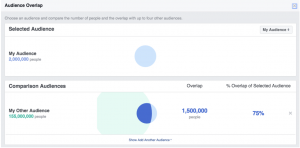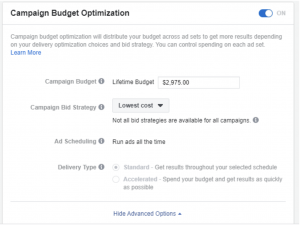Modern customers jump from social media to email, from TV to print, from TikTok to LinkedIn in a single day. A company that speaks on only one channel loses connection with its audience. Cross media marketing brings these touchpoints together, aligning media channels into a shared marketing message that feels consistent no matter where people encounter it.
This article explains cross media strategies, practical solutions, campaign examples, and how companies in 2025 can reach clients with clarity, trust, and measurable results..
What is Cross Media Marketing?
Cross media marketing is the practice of delivering a single message through multiple platforms such as radio, paper, digital content, and in-person experiences. Instead of isolated campaigns, the channels interact. A print número de teléfono can direct consumers to a webinar, while a QR code in a flyer leads to an article that deepens the information with videos and email follow-ups.
The value lies in repetition across channels, with each touchpoint reinforcing the same brand story.
Cross-Media vs Multi-Channel vs Omni-Channel
- Multi-channel: campaigns live separately, such as one ad on TV and another on Instagram without connection.
- Cross media marketing campaign: campaigns link. For example, a restaurant sends a paper coupon, runs TikTok ads, and follows with an email that connects the story.
- Omni-channel: goes further with unified data across every interaction, often powered by advanced software and personalization.
Why Cross Media Marketing Matters for Companies
- Audience attention is split – People move between social media, TV, and the internet. Coordinated communication keeps the message consistent.
- Trust builds faster – Customers feel confidence when they see aligned campaigns across print, digital, and in-store experiences.
- Engagement grows – Repetition across channels increases clicks, calls, and ventas.
- Data offers insights – Tracking interactions helps marketers adjust investment and facturación.
- Results improve – Strong campaigns reach the right people in the right areas at the right time.
Core Elements of an Effective Cross Media Campaign
Consistent Brand Message
Every product and offer must carry the same marketing message whether in a TV spot, LinkedIn ad, or direct mail.
Channel-Specific Adaptation
One article can introduce an idea, a TikTok short can spark curiosity, and a webinar can answer questions and close sales.
Integrated Calls to Action
Print campañas can point to landing pages. Email can invite customers to services or products. Social posts can turn interest into ventas.
Data and Measurement
Using trackable links and CRM software gives clarity on performance across campaigns.
Customer Experience and Trust
The customer journey should feel seamless, turning interests into ongoing engagement and understanding.
Step-by-Step Cross Media Strategy
- Define Objectives – Are you aiming for traffic, ventas, or investment growth?
- Know the Audience – Map needs, interests, and preferred media.
- Select Channels – Pick a mix of print, radio, social media, and digital platforms.
- Craft Core Message – Build one adaptable story across each part.
- Launch and Sequence – Introduce teasers on TikTok, expand through long-form articles, finish with targeted email offers.
- Measure Results – Track traffic, conversions, and resultados to shift focus to the most effective areas.
Real-World Examples
Example 1: Retail Brand Campaign
A fashion company printed catalogues with QR codes, ran LinkedIn and TikTok ads, followed with email reminders, and tracked customer interaction through CRM software.
Example 2: Local Business Promotion
A restaurant promoted a new dish with postcards featuring a teléfono contact, supported by Instagram ads, and hosted webinars about sourcing ingredients.
Example 3: Global Beverage Brand
Coca-Cola personalized bottles tied to social media sharing, TV spots, and billboards, all part of one connected cross media marketing campaign.
Future Outlook for 2025 and Beyond
Cross media strategies will merge traditional media with new technologies. Expect growth in webinars, shoppable videos, AI-driven insights, and better measurement of traffic and facturación. Companies that match the needs of clients with clear, consistent communication will see stronger results.
Common Mistakes to Avoid
- Running disconnected campañas that confuse customers
- Ignoring offline channels such as radio or print
- Collecting data but failing to act on insights
- Neglecting to build trust through consistent experience
Key Takeaways
Cross media marketing connects people with the right message across multiple channels. It helps brands turn interest into sales, creates a better customer experience, and improves rendimiento of every investment.
Next Steps for Businesses
- Audit your current campaigns and identify gaps.
- Design one cross media marketing campaign that spans at least three channels.
- Use software to connect data and measure results.
- Continue testing and adjusting based on insights and consumer behavior.


















